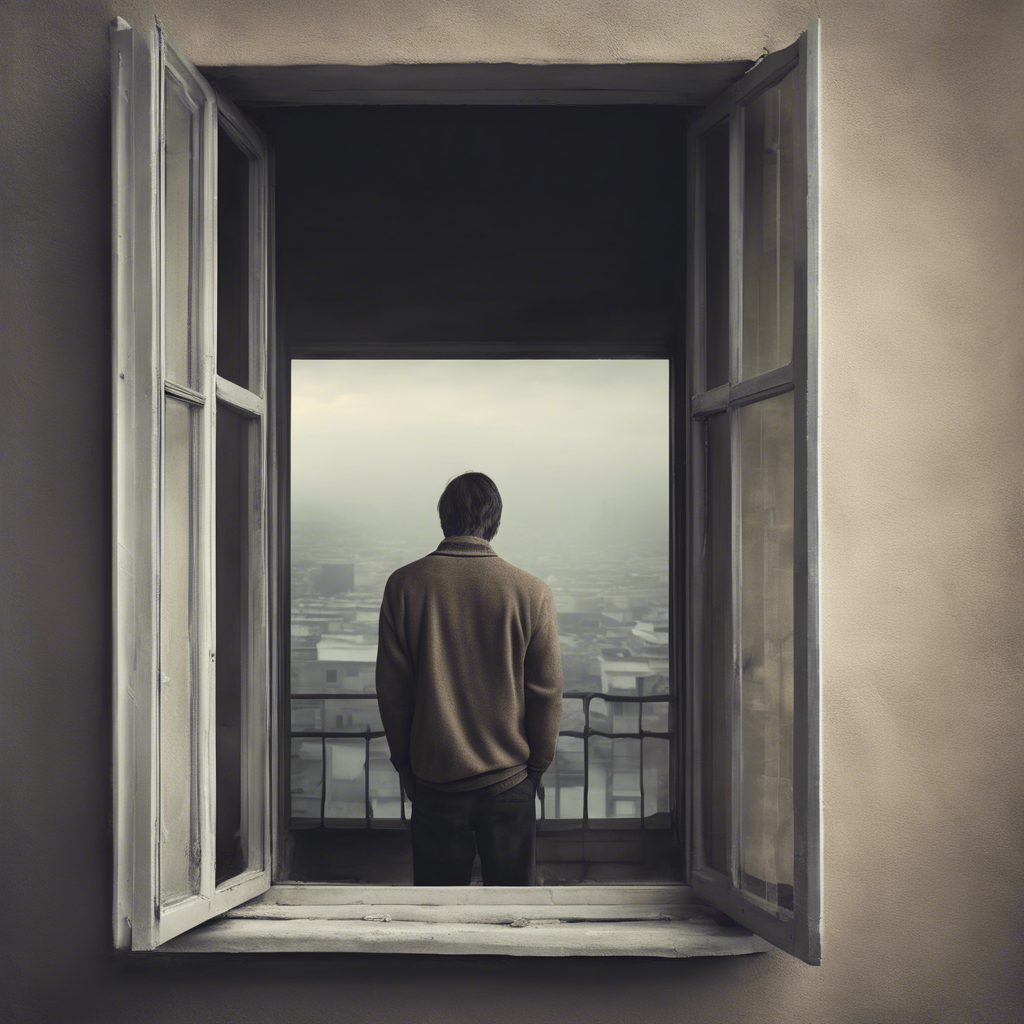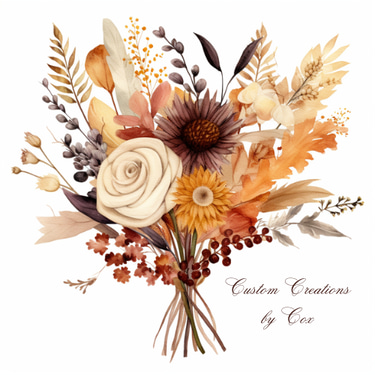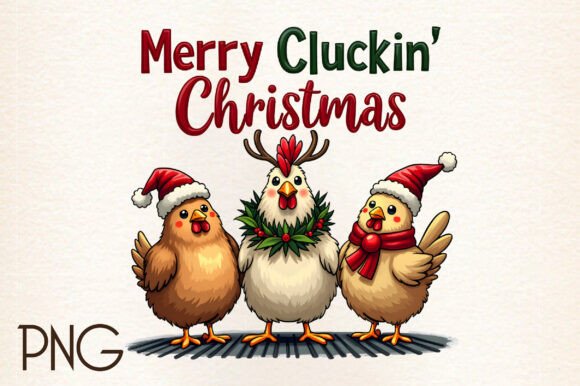Title: The Controversy of AI-Generated Art: Understanding the Backlash and Responding Constructively
Artificial intelligence (AI) has revolutionized various industries in recent years, from healthcare and finance to creative fields like writing, music, and visual arts. However, despite its undeniable potential, AI-generated art remains a contentious subject. Artists who incorporate AI tools to create digital art may face mixed reactions, including negative backlash. Recently, I experienced this firsthand after posting a mobile animated background created using AI, which led to considerable anger from viewers.
Heidi Cox
10/22/20245 min read


Artificial intelligence (AI) has revolutionized various industries in recent years, from healthcare and finance to creative fields like writing, music, and visual arts. However, despite its undeniable potential, AI-generated art remains a contentious subject. Artists who incorporate AI tools to create digital art may face mixed reactions, including negative backlash. Recently, I experienced this firsthand after posting a mobile animated background created using AI, which led to considerable anger from viewers.
This blog explores why AI-generated art can provoke such strong reactions, explores the root causes of this anger, and offers strategies to address it constructively. By understanding the underlying concerns and viewers' emotional responses, we can approach these conversations with empathy and bridge the gap between traditional and digital art enthusiasts.
Understanding the Emotional Response
The backlash against AI-generated art is often rooted in apprehension, nostalgia, and ethical considerations. For many, art has been a deeply personal, human endeavor cherished for its emotional resonance and connection to the artist's inner world. Traditional art reflects countless hours of practice, unique creative processes, and individual expression. When AI enters the picture, it challenges these perceptions, leading to strong emotional responses.
Some common reasons for this backlash include:
Fear of Devaluation of Human Effort
One of the primary concerns is that AI-generated art could undermine traditional art's value and diminish human creativity's role. Artists often pour their heart and soul into their creations, spending years perfecting their craft. When AI can replicate styles or create artworks that rival traditional methods, some people worry that the significance of human effort may be overlooked. This fear extends beyond visual art to other forms like music, literature, and film production.
Concerns About Job Security
The rise of AI in creative fields raises concerns about job security for artists and designers. Automating creative processes could reduce opportunities for freelancers or professional artists. For individuals who have dedicated their careers to the arts, witnessing AI encroach on their domain can evoke feelings of resentment and anxiety about their future.
Perceived Loss of Authenticity
Many people feel that art reflects the human condition—a mirror of emotions, thoughts, and experiences. When AI is involved, there's a perception that the resulting work lacks authenticity and emotional depth. Viewers may believe that AI-created art is simply a compilation of patterns devoid of the genuine inspiration and struggles that shape human-made art.
Ethical Concerns and the Issue of Originality
Questions about the originality of AI art and its ethical implications also contribute to the anger. AI algorithms are often trained using vast datasets, including copyrighted works or other artists' creations. This blurs the line between creativity and replication, sparking debates about the nature of originality and the ethical boundaries of using AI-generated art.
Why This Backlash Happens: A Deeper Dive
The anger surrounding AI-generated art isn't just about the artwork itself; it's about AI's broader implications on society and our relationship with technology. Let's look at a few psychological and sociological aspects that fuel these reactions:
The Uncanny Valley of Creativity
In robotics and character design, there's a concept known as the "uncanny valley," where something that looks almost human but isn't quite right triggers discomfort. A similar phenomenon may be happening with AI-generated art. When viewers see AI creating art resembling human creativity, it feels familiar and unfamiliar, creating a sense of cognitive dissonance.
A Perceived Threat to Tradition and Identity
Traditional artists' craft isn't just a job or hobby—it's a significant part of their identity. When AI enters the creative domain, it challenges long-established artistic norms and traditions. This challenge can feel like a threat to artists' identities and a disruption of the way art has been valued and perceived for centuries.
A Reaction to Rapid Technological Change
Humanity's relationship with technology has always been a double-edged sword. Technological advances, from the printing press to industrial automation, have sparked awe and anxiety throughout history. AI in art is the latest chapter in this ongoing narrative, where the benefits of innovation coexist with fears of losing the human touch. The rapid pace at which AI-generated art advances contributes to these mixed feelings, with many questioning whether society is moving too quickly in adopting new technology.
How to Approach This Anger Constructively
When faced with backlash over AI-generated art, it's essential to approach the situation with empathy, understanding, and openness. Here are some strategies to help navigate these challenges effectively:
Acknowledge and Validate Concerns
Instead of dismissing or arguing against the criticisms, it's crucial to acknowledge the valid concerns of viewers. Those who react negatively may express genuine fears or discomfort, which deserve to be heard. By validating their emotions, you respect their perspectives, opening the door to meaningful dialogue. For example, you could respond by saying, "I understand that AI-generated art can raise concerns about authenticity and originality. These are important issues to consider, and I appreciate you sharing your thoughts with me."
Explain Your Creative Process
Many people are unfamiliar with how AI-generated art is created and may assume it's an entirely automated process devoid of human input. Taking the time to explain your creative decisions, such as choosing the AI tools, selecting specific styles, or curating the final piece, can make them feel included and informed. Emphasize how AI acts as a collaborator rather than a replacement, showcasing your role in guiding and refining the output.
Highlight AI's Role as a Tool, Not a Creator
One of the most effective ways to address skepticism is to frame AI as a tool that enhances human creativity rather than replacing it. Comparing AI in art to the invention of photography or digital painting software—technologies that initially faced resistance but eventually gained acceptance as valuable additions to the creative toolbox-can make the audience feel reassured and optimistic about the future of AI in art.
Engage in Open Dialogue
Encourage constructive conversations about the role of AI in art and invite viewers to share their perspectives. Ask questions like, "What does art mean to you?" or "How do you think we can preserve the value of traditional art while embracing new technologies?" This helps shift the focus from confrontation to collaboration.
Emphasize Ethical Considerations
Address concerns about originality and ethics by being transparent about your sources and methods. If possible, showcase your commitment to ethical practices by avoiding datasets that contain copyrighted works or by crediting the artists whose styles inspired your AI-generated pieces. This transparency can help alleviate fears about misusing others' intellectual property.
Celebrate All Forms of Creativity
Finally, emphasize that AI-generated art is not meant to diminish or replace traditional art forms but to expand creativity's horizons. Celebrate the diversity of artistic expression and express your admiration for conventional and digital artists. You can foster a more inclusive community by positioning AI-generated art as a complementary medium.
Conclusion
The backlash against AI-generated art is a multifaceted issue rooted in deep-seated concerns about authenticity, tradition, and the future of human creativity. Understanding these emotional and psychological responses is crucial for artists who want to navigate the complexities of integrating AI into their work. Rather than dismissing the backlash as resistance to progress, we can approach it with empathy and a willingness to engage in meaningful conversations.
AI-generated art is still a relatively new phenomenon, and it will take time for society to fully understand and accept its implications. In the meantime, artists can bridge the gap between tradition and technology by validating concerns, explaining their creative processes, and celebrating all forms of artistic expression. By fostering an open dialogue, we can ensure that AI remains a tool for empowerment rather than a source of division.
Contacts
heidi@primepath1.com
(931)335-1434
Subscribe to our newsletter
Please Note - All Digital Sales Are Final


